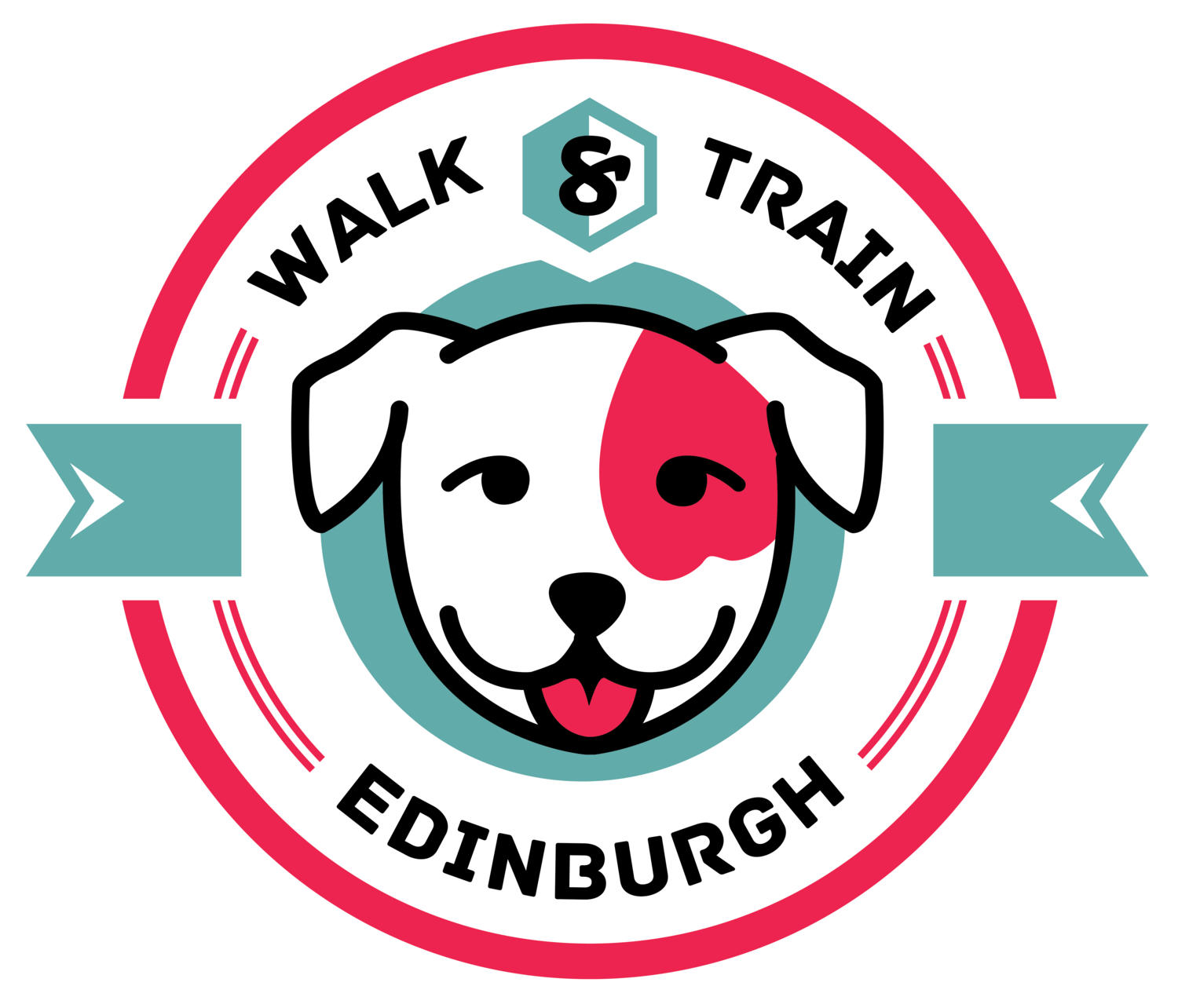Keeva
After 20 months of following the CARE protocol we’d made a lot of steady progress with Keeva, our reactive adopted staffordshire bull terrier. She hadn’t been properly socialised as a puppy and came to us with a number of issues. We dealt with these through training, and I became a training geek in the process, doing a number of courses with the IMDT. Our greatest challenge, however, was addressing her fear aggression towards other dogs. She would lunge, rear up on her hind legs and pull to try to get to the dog to scare it away. This was not only embarrassing but scary but we realised how frightened she was and as owners just wanted her to be happy.
In the early stages, a behaviourist told us we would always have to muzzle her and walk her on a lead outside. We didn’t want a lifetime of control & management but actually wanted to tackle it. Luckily I’d the time and motivation to do it.
In the summer of 2017, I’d reached a point in training, where Keeva was comfortable and interested in meeting calm, well-mannered dogs. However, she still reacted to excitable, nervous and/or unpredictable ones. I realised I needed help with this, as I couldn’t find anyone who was willing to work with us.
It took me a while to find a suitable trainer – who really understands the breed and the issues unsocialised staffies face – and who would help us work on changing her emotional response to excitable, anxious and unpredictable dogs. After Gregor visited us and assessed Keeva, in our home and on one of her walks, we were accepted to join the Group Walks. Gregor later emailed me a report and some really helpful notes, which I still refer to. With each group walk, we could see Keeva growing in confidence and so did we as owners.
I practised the techniques we were taught on all our walks, and as my confidence grew I began venturing further afield and walking in different places. Instead of walking in quiet areas at times when there weren’t many dog walkers about, we ventured into ones where there were lots of off-lead dogs, using a long line (like we used on the group walks).
In each new location, we worked at proofing our training. We practised focus work, general commands, played recall games, hide and seek in the woods, and scent work. Empty childrens playparks were great for agility practise too. Our walks were becoming fun. The point soon came when I felt confident enough to start letting her off lead. I’d do some parallel walking with an unsuspecting dog owner first and when I was comfortable, with the body language of both dogs, I’d let her off.
I was so pleased with her progress that I entered Keeva’s story in a competition run by Reactive Dogs (UK) a facebook group I’m a member of. Members voted for their favourite and guess what…. Keeva won! She is their Reactive Dog of the Year 2018.
I couldn’t have achieved this without Linnea and Gregor’s help. They helped me in the final stages of Keeva’s training when others wouldn’t and we’re incredibly grateful .
I am so proud of Keeva and what she’s achieved. I now have her on a variable programme to phase out treats for ignoring reactive/fear aggressive dogs and returning to me. She is a really happy dog now and that’s all we ever wanted for her.
The person who said “the best thing for that dog is a bullet” all those months ago, should hang their head in shame.
- Lorna

